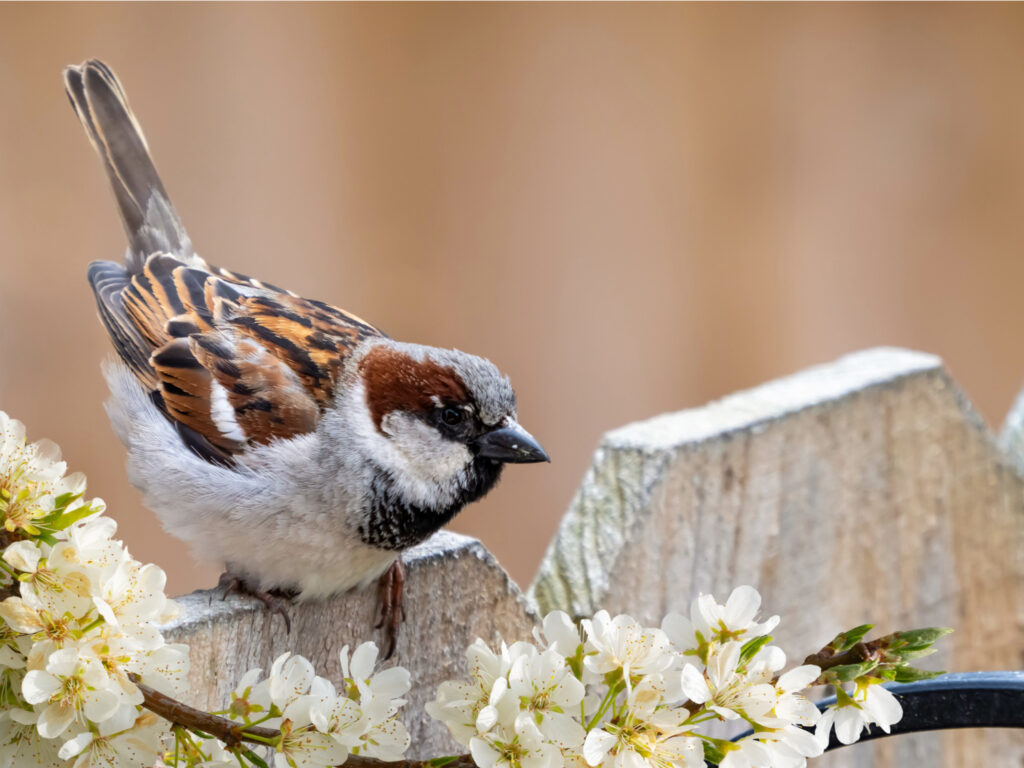The Sparrow: A Symbol of Resilience and Adaptation
Introduction
Sparrows are small, plump birds belonging to the family Passeridae. Known for their cheerful chirping and adaptable nature, these birds are found across the globe, often living in close proximity to humans. This article delves into the characteristics, habitat, behavior, and cultural significance of sparrows.
Physical Characteristics
Sparrows are typically characterized by their short, stout bodies, small beaks, and brown or gray plumage, which provides excellent camouflage in their natural environments. The most common species, the House Sparrow (Passer domesticus), displays a distinctive mix of brown, black, and gray colors. Males often have a black bib and white cheeks, while females are more uniformly colored.
Habitat and Distribution
Sparrows are highly adaptable birds that thrive in diverse habitats, including urban areas, grasslands, and farmlands. Originally native to Europe, they have spread to many parts of the world, particularly due to human activities. They are commonly found in cities, where they take advantage of human food sources and nesting sites.
Behavior and Diet
Sparrows are social birds that often form flocks, particularly during foraging. They primarily feed on seeds, grains, and insects, showcasing their omnivorous diet. Their ability to thrive on various food sources makes them resilient in changing environments.
Sparrows are also known for their energetic behavior, often seen hopping around on the ground or flitting between trees and buildings. Their distinctive chirping serves as a means of communication, establishing territory and attracting mates.
Breeding and Nesting
During the breeding season, sparrows engage in complex courtship displays. They build nests in sheltered locations, such as eaves, shrubs, and trees. The female typically lays a clutch of 3 to 5 eggs, which she incubates for about two weeks. Once the chicks hatch, both parents take an active role in feeding and caring for them until they fledge.
Cultural Significance
Throughout history, sparrows have held symbolic meanings in various cultures. In literature and folklore, they often represent simplicity, community, and resilience. The phrase “a little bird told me” reflects their role as messengers in popular sayings. In many cultures, sparrows are seen as omens or symbols of good luck.
Conservation Status
While sparrows are abundant in many areas, some species face threats from habitat loss, climate change, and the use of pesticides. Conservation efforts focus on habitat restoration and promoting awareness of the ecological roles these birds play.
Conclusion
Sparrows are remarkable creatures that embody adaptability and resilience. Their cheerful presence enhances our urban environments and reminds us of the interconnectedness of nature and human life. By understanding and protecting these small birds, we can contribute to the health of our ecosystems and celebrate the beauty of the natural world

